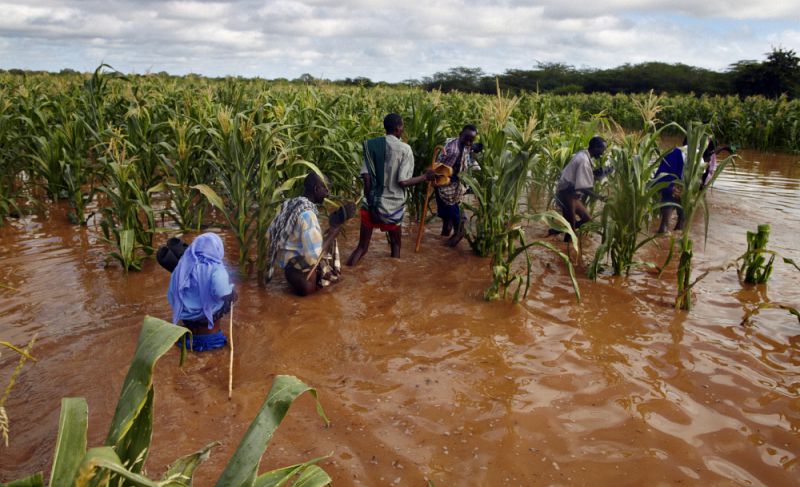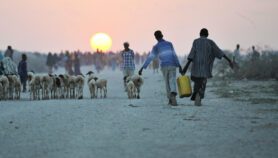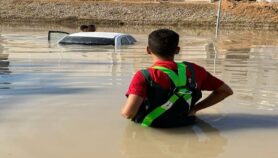By: Gilbert Nakweya
Send to a friend
The details you provide on this page will not be used to send unsolicited email, and will not be sold to a 3rd party. See privacy policy.
[NAIROBI] East African countries near the equator are bracing for high El Niño-related rainfall that meteorologists warn may cause floods, crop losses and disease in the coming months.
The region is set to experience much more rain than usual during the October-December wet season, and possibly until early next year, forecasts say — although the rains may be less heavy than those experienced during the powerful 1997-98 El Niño ocean warming event.
The World Meteorological Organization (WMO), Kenya Meteorological Department, Tanzania Meteorological Agency and Uganda National Meteorological Authority have issued warnings about the risks associated with higher rainfall.
The Famine Early Warning Systems Network says flooding along rivers and lakes, such as Lake Victoria, and flash floods in lowland areas of Ethiopia, Kenya, Somalia and Tanzania are likely to force people from their homes, lead to crop and livestock losses, and make it difficult for people to access food and work.

Map showing the affected areas of East Africa
“We are already experiencing high amounts of rainfall in some parts of the country, which is a clear sign of El Niño,” says Richard Lesiyampe, principal secretary of Kenya’s Ministry of Environment and Natural Resources. He says that some areas have seen more than 50 millimetres of rainfall a day, well above the average 20 millimetres.
According to Lesiyampe, the government and donor agencies have provided 6 billion shillings (around US$58 million) to prepare for the effects of El Niño.
For instance, camps have been set up to accommodate displaced people in areas prone to landslides, he says, and health workers will be available in at-risk areas to protect against waterborne diseases such as cholera.
The government also says it will vaccinate livestock against Rift Valley fever, a mosquito-borne disease that also affects humans. The disease is likely to surge if flooding increases the standing water available for the insects to breed in.
County governments have built dykes to control the levels of rivers in western Kenya that usually burst their banks during heavy rain. Kenya also has 76 automated weather stations giving up-to-date rain data to the meteorological department, which relays this to the public through the media.
In Uganda, however, Grace Sana, a farmer from Mukono district in the centre of the country, says she fears that high rainfall could cause the loss of her crops.
In the long term, East African farmers should also prepare for the drought that is likely to follow the El Niño rains by picking drought-tolerant crop varieties, advises Rodney Lunduka, a socioeconomist who works for the International Maize and Wheat Improvement Center in Zambia.














